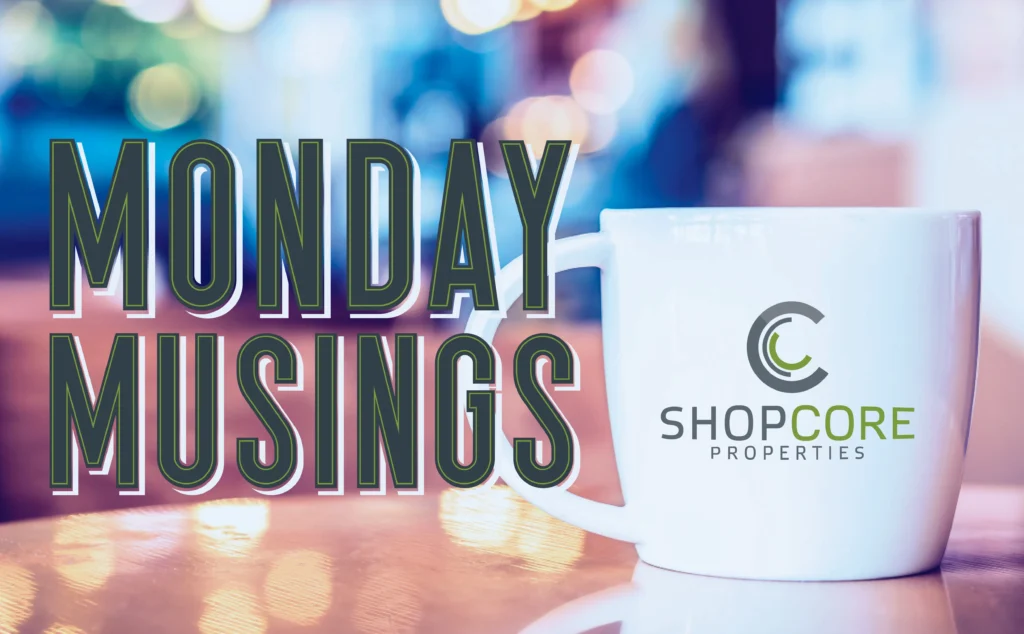Don’t Call it a Comeback

On Thursday, we got a sneak preview of what pent-up demand will look like in 2021 with the release of the retail sales results for March from the U.S. Census Bureau. If the trends that showed up in March continued, 2021 could be even better than the most optimistic among us are anticipating.
Using seasonally adjusted numbers, the overall retail & food services sector improved 14.1% to $1.76 trillion. When we exclude automotive-related sales, that rate lowers slightly to a still-healthy 11.2%. The reason for the nearly 300bp dip seems to be a very robust car market with car dealers enjoying a mind-blowing 26.5% bump in sales compared to 2020. As more people plan to return to commuting or begin leaving the house more, it’s clear they want to ride in comfort as many delayed car purchases are being made. While we don’t normally cover auto sales, it’s worth pointing out as this may be the first leading indicator that shows just how ready Americans are to spend big after a year of building up our savings rates to their highest levels since World War 2.
You may be wondering if it’s fair to compare anything we are seeing now to 2020, perhaps the most anomalous year most of us have ever lived. For the remainder of 2021, we will use comparisons to both 2020 and 2019 sales to understand the true health of the recovery we are witnessing. However, even by those standards, the early numbers look very promising.
In grocery, where 2020 sales trends broke several records as people retreated from eating at restaurants and spent more time in their kitchens, quarterly sales expectedly fell -0.5%, primarily due to March sales falling -14.4% as the sector comped against a record-setting month in 2020 of $74.2bn. However, since that frenzy of stocking up (remember the toilet paper shortage?), monthly grocery sales have been range-bound between $62-$64bn, and March 2021 was no exception, with sales reaching an otherwise healthy $63.5bn. Compared to 2019, grocery sales are still up 13.5%. Will people’s newfound cooking skills and desire to entertain complement a rebounding restaurant industry, or will the rush to restaurants revert to the previous trajectory that favored eating food away from home?
And what about restaurants in Q1? After declining an average of -18% throughout 2020, restaurant sales rebounded to $62.2bn in March, just 5% below their pre-pandemic levels in 2019. Given that vaccination rates in March were (and are) still low and many states still had restrictions in place at the end of Q1, getting within mid-single digits of pre-pandemic times shows how much the restaurant sector stands to gain as more people get comfortable going out again. According to one recent survey, restaurants trailed only vacations & movie theaters as the top activity that people are most excited to get back to doing, while seated dining rates in eight states (including some that have not fully reopened, such as New Jersey and Rhode Island) have already eclipsed 2019 levels. Meanwhile, the National Restaurant Association is predicting that quick-service establishments will exceed their pre-pandemic levels this year, while full-service dining may still trail in large part since over 100K establishments have permanently closed since last year.
Finally, another sector that struggled mightily in 2020 was apparel. Of course, apparel had been struggling for a long time before the pandemic, but after a year of not buying clothes and not going out, early signs show how much people are looking forward to getting dressed up again. March apparel sales were $22.9bn, the best monthly tally since December 2018, though overall Q1’21 still trails 2019 by 7.5%, even as sales improved 11.4% vs. last year. Q2 will widen the gap even more as most apparel retailers were shut down for all of April and part of May in 2020. We may not get an accurate read on this sector until Q3, but the numbers we saw in March bode well for a decent year in the world of fashion.
To be sure, 2021 is likely to be a wild ride in the world of consumer behavior. Now more than ever, it is important to view these results critically and through a number of different lenses to determine what will be a long-term trend and what will fade as pent-up demand gives way to the fabled “new normal.”